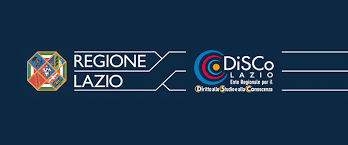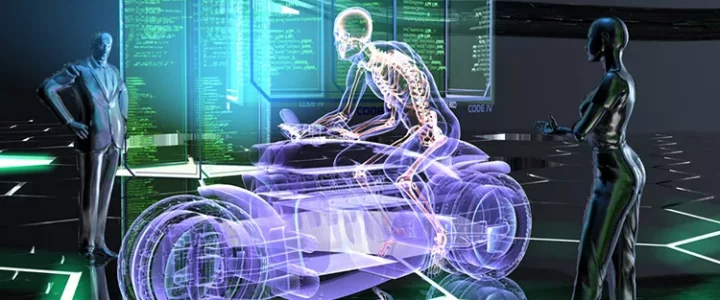VI Ediz- Master in Managment e Diritto della Facoltà di Economia (60 credits)
- Bando Master MODSC_aa22_23
- Tabella allegata al Bando Master e Corsi di Perfezionamento a.a. 2022-2023 – agg. novembre pdf
- https://web.uniroma2.it/it/contenuto/bando_master_e_corsi_di_perfezionamento_a_a__2022-2023
deadline 15/03/2023
Ref. dottrinasociale@uniroma2.it 3398747838
 UNIVERSITA' DEGLI STUDI ROMA "TOR VERGATA"
UNIVERSITA' DEGLI STUDI ROMA "TOR VERGATA"

